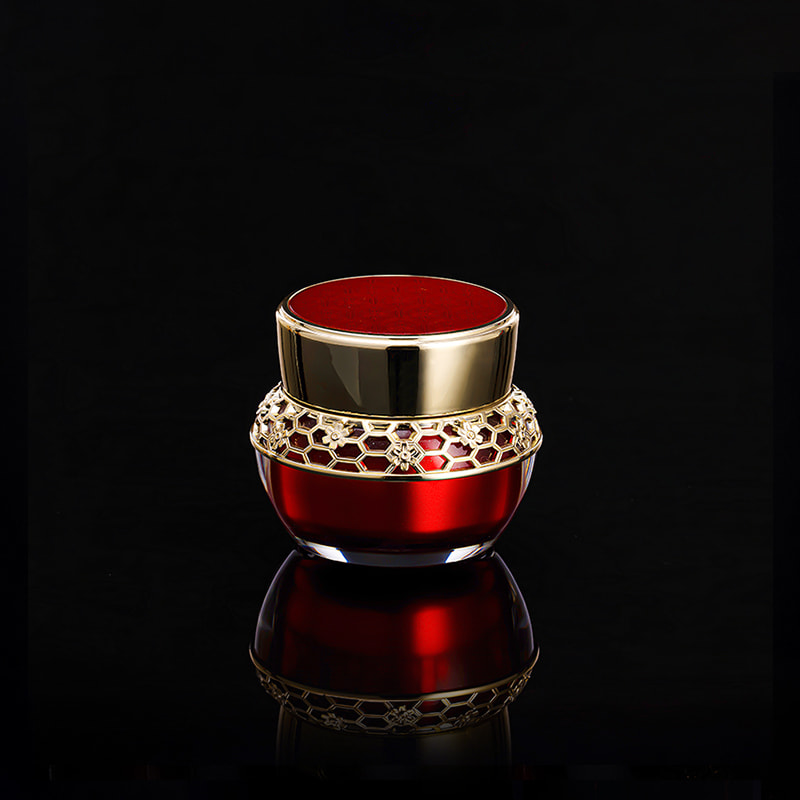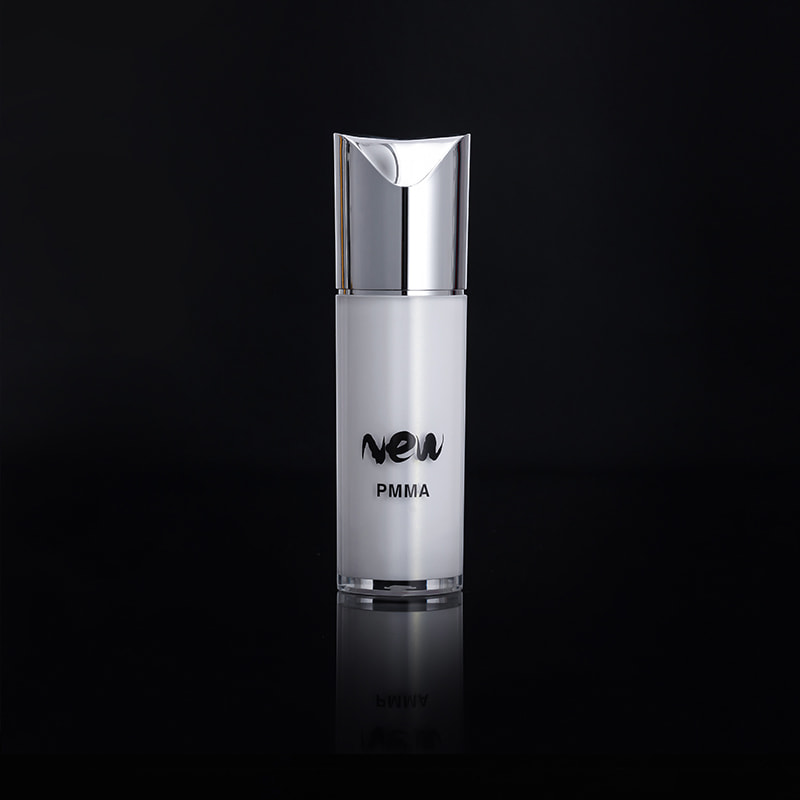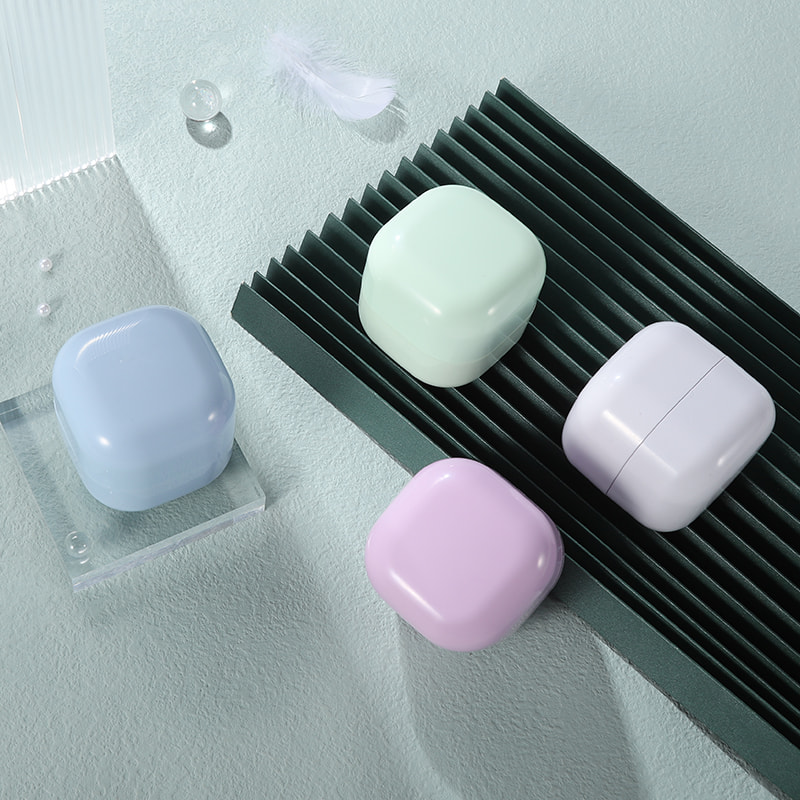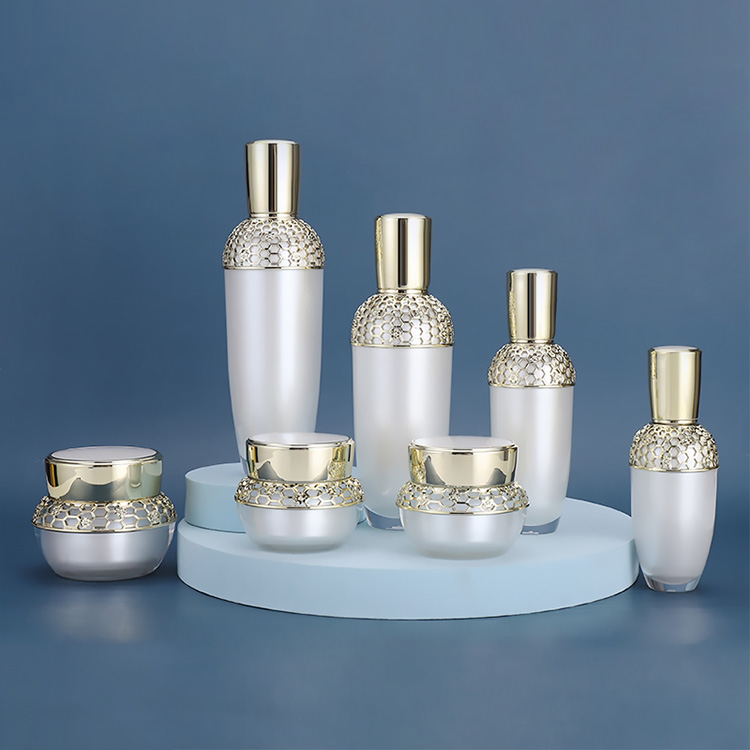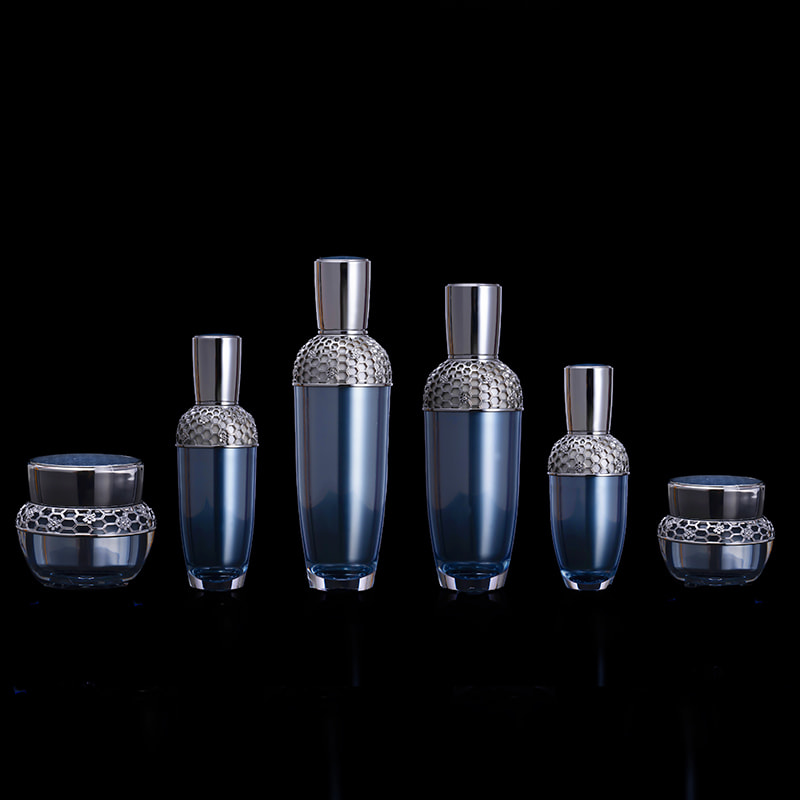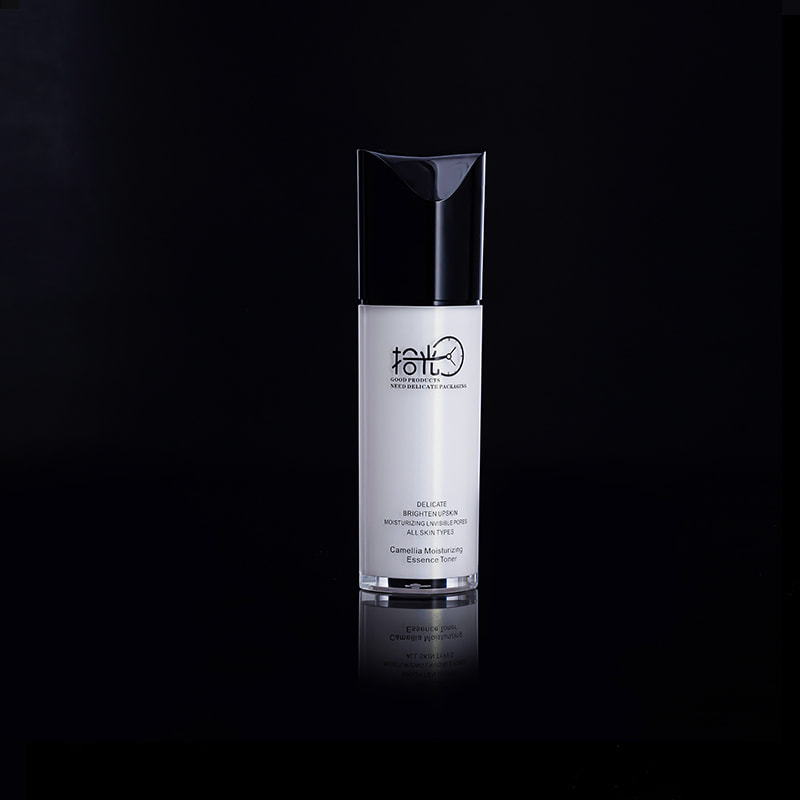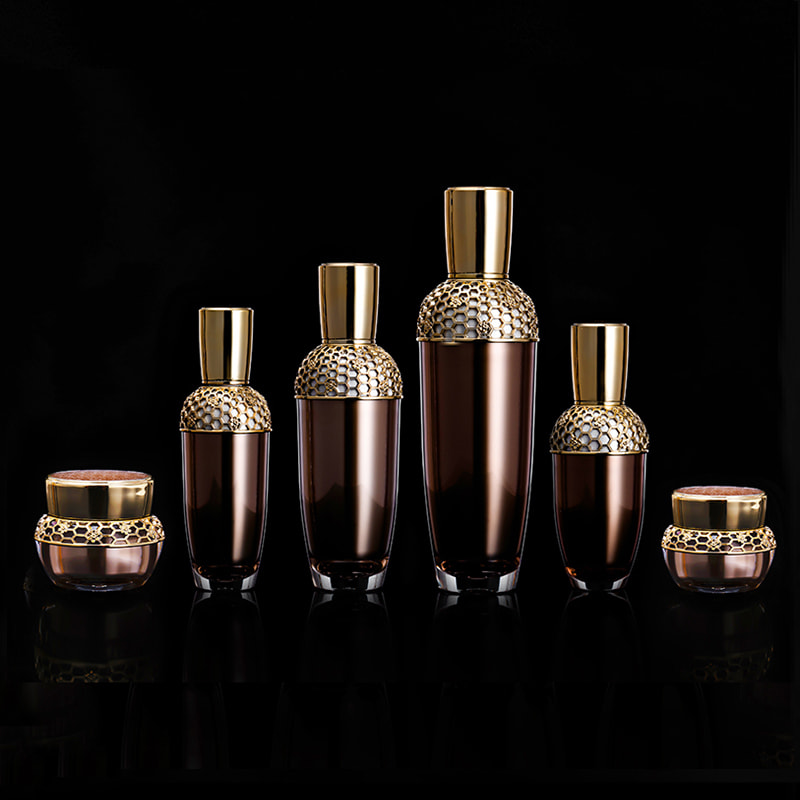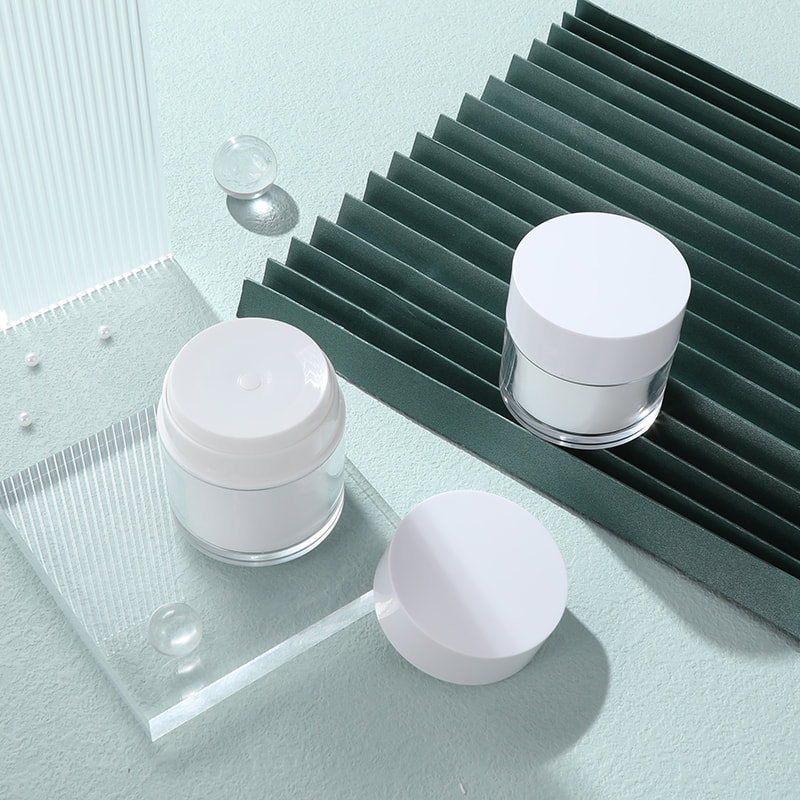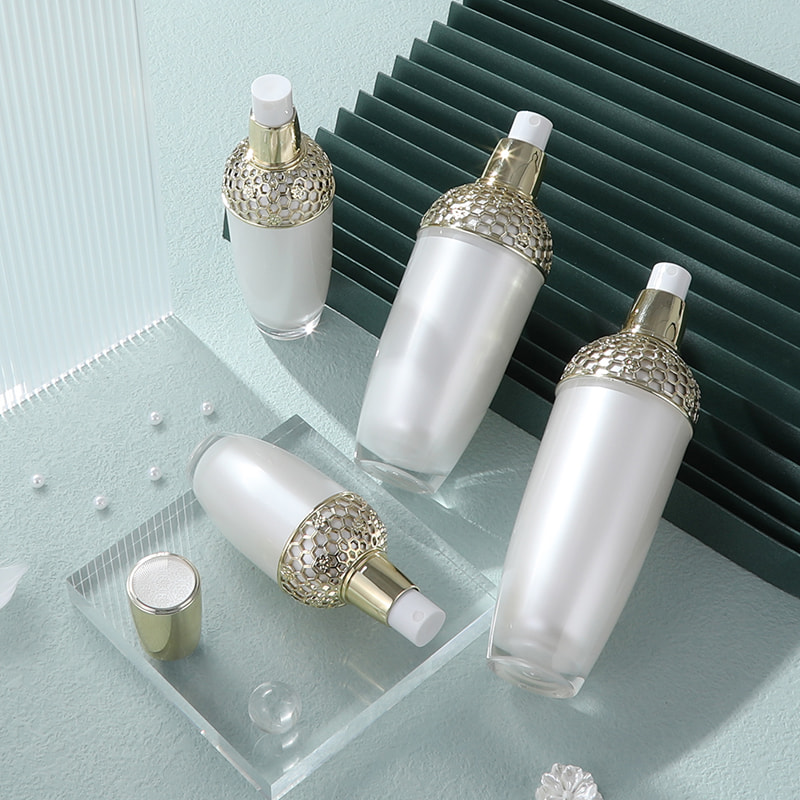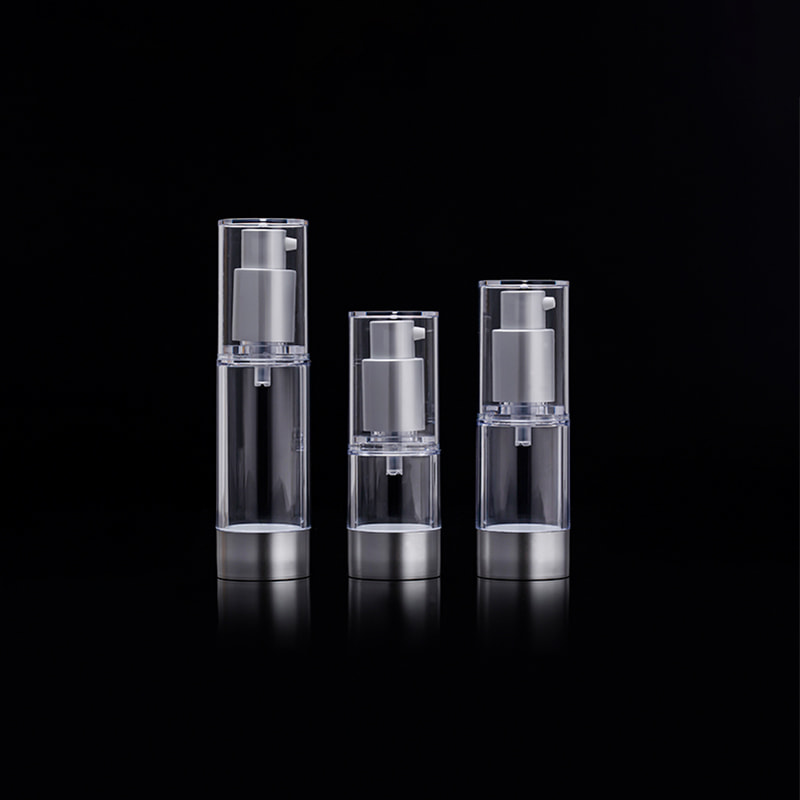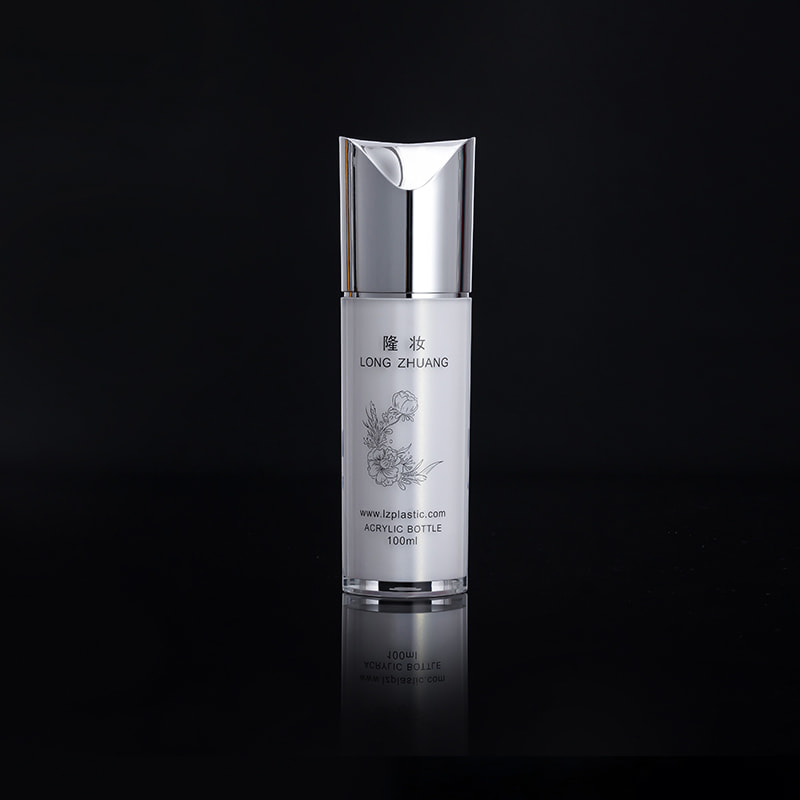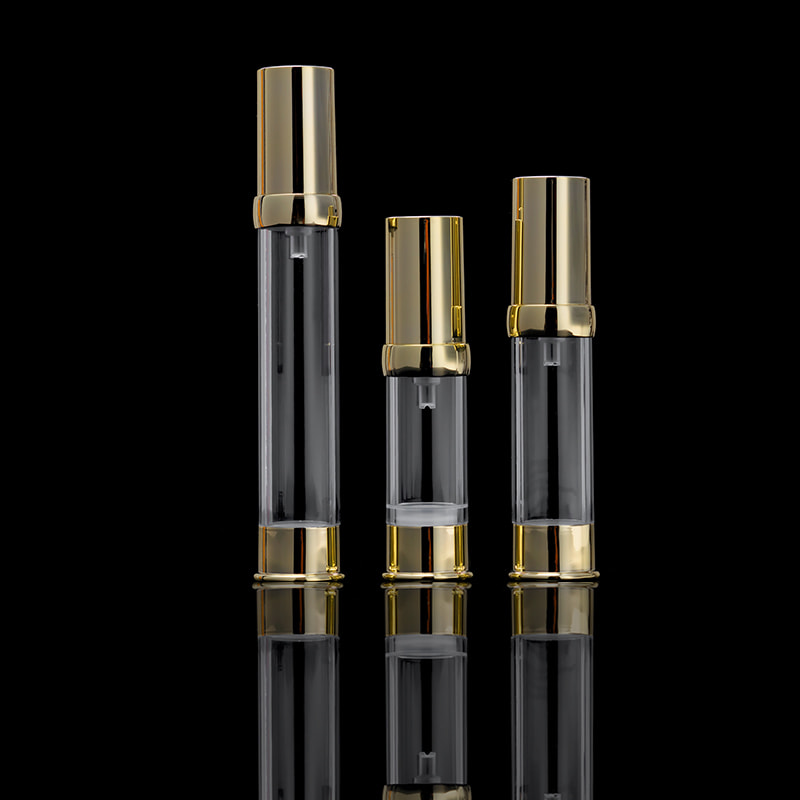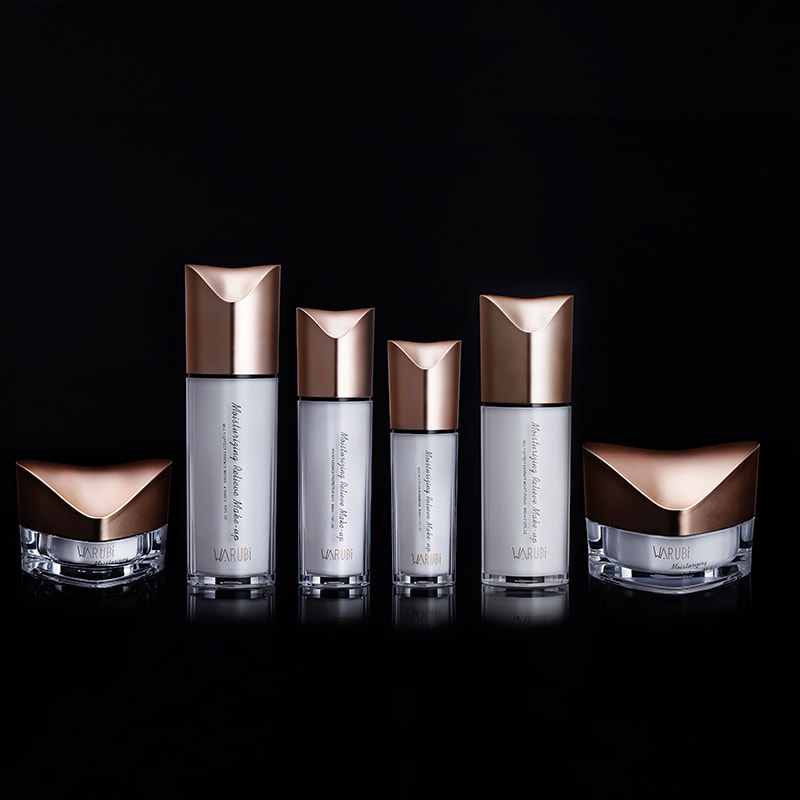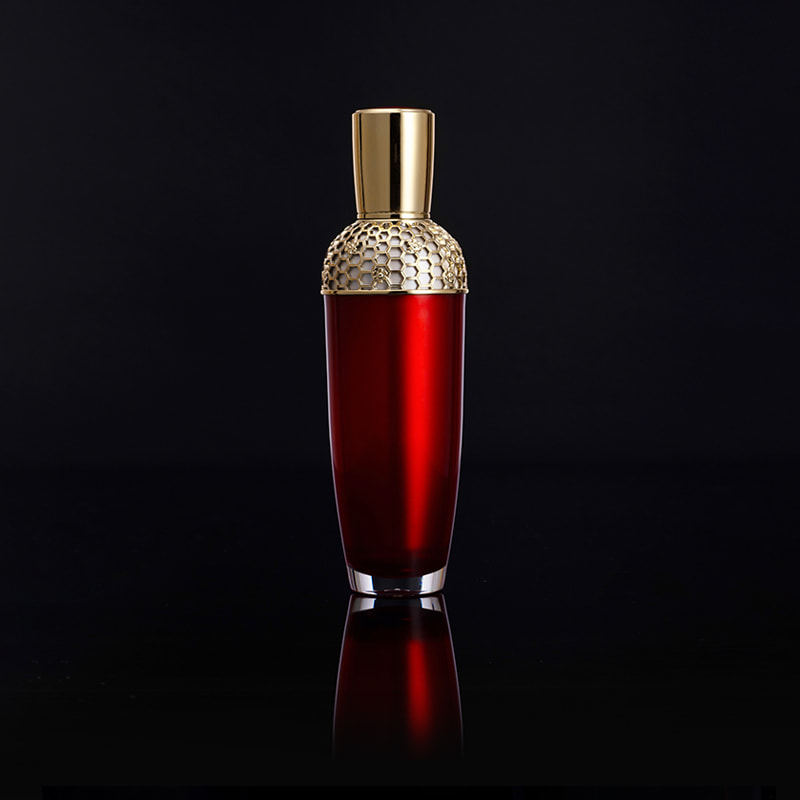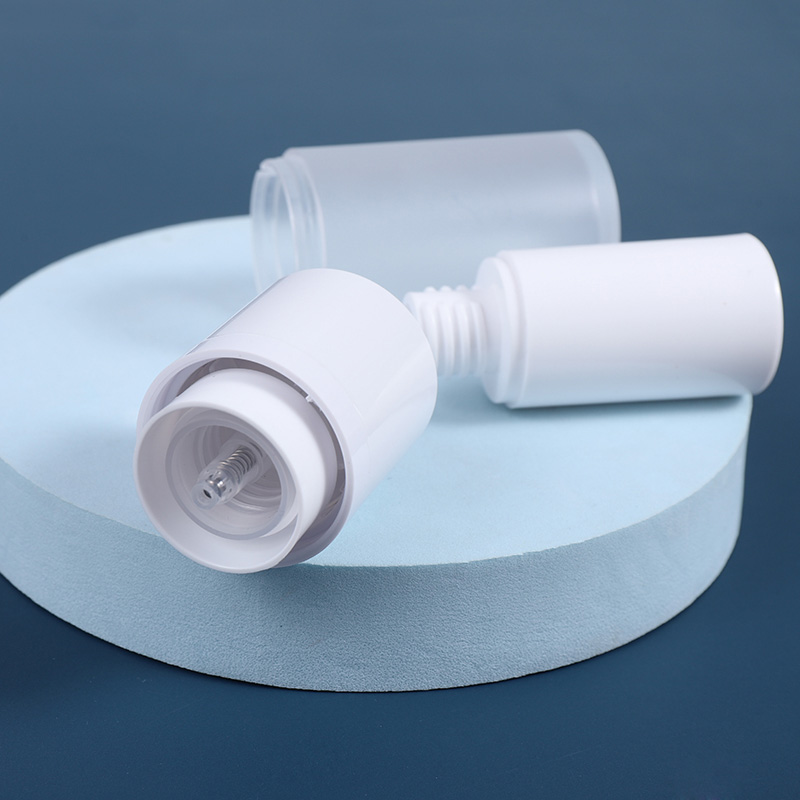What is the design idea of superfine spray pump head
Whether it is domestic or foreign companies, the design […]
Whether it is domestic or foreign companies, the design of ultra-fine air spray pump heads is still based on experience and testing. In theory, the use of supersonic airflow atomization is an ideal method to realize ultra-fine spray pump heads, but so far, there is no set of scientific theoretical calculation methods for this type of nozzle. Next, we use the internal mixing air spray pump head and the three-flow gas-liquid-gas critical air spray pump head to carry out the experiment of the ultra-fine spray pump head. The internal flow path of the internal mixing air spray pump head is the liquid path, the outer flow path is the sonic atomization gas path, the middle flow path of the three-flow path gas-liquid-gas critical air spray pump head is the liquid path, and the inner flow path is the primary subsonic gas path , The outer flow path is the supersonic secondary atomization gas path.
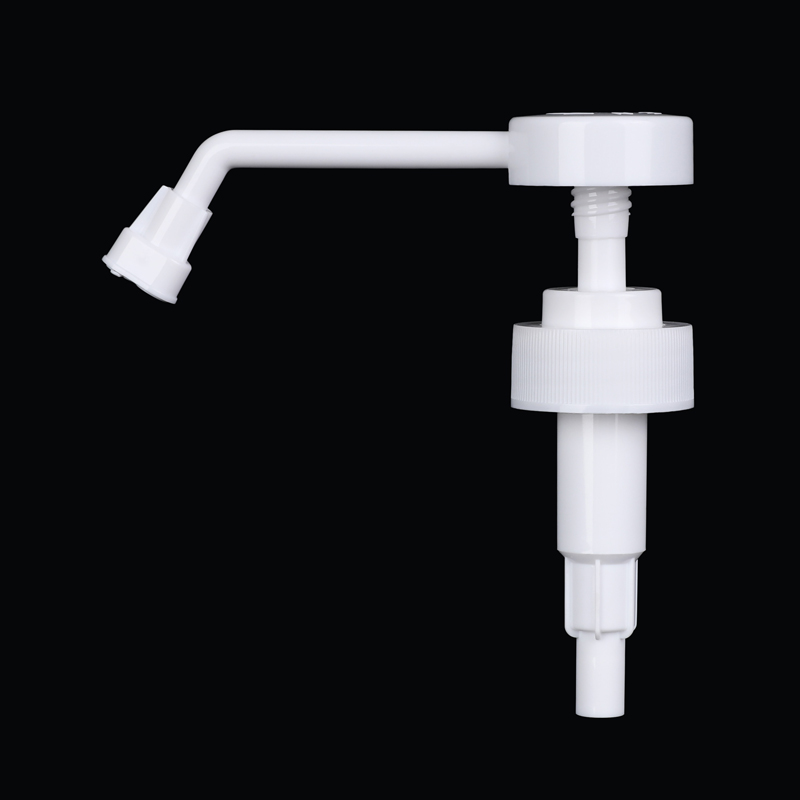
Experimental device and principle of ultra-fine spray pump head
The ultra-fine spray pump head experimental system is divided into 4 parts: water circuit, air circuit, nozzle test gun body, and liquid mist test system. The atomized particle size distribution is measured with a 2200 Malvern laser particle size analyzer. The particle size distribution adopts R one ruler distribution. When a ruler is used for distribution, the computer can fit the original data to the table and directly give X and N in the distribution equation. Two parameters. In the experiment of the internal mixing air spray pump head, the experimental system only opens the external air and liquid channels. When the three-flow critical air spray pump head is tested, the internal and external air and liquid channels participate in the work at the same time.
According to the existing data analysis, for the air spray pump head, the main factor that affects the atomization fineness is the airflow velocity. Therefore, the experimental analysis is mainly carried out from the four aspects of pore diameter, pore number, gas-liquid ratio, and air pressure. The nozzle outlet diameter is 2.5mm, the nozzle liquid hole diameter is 1.0mm, and the gas-liquid intersection angle is 60 degrees and the spray volume is 30kg/h.


